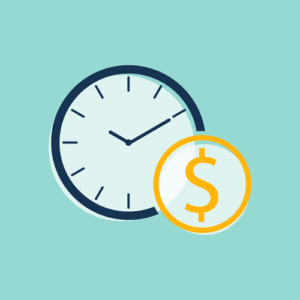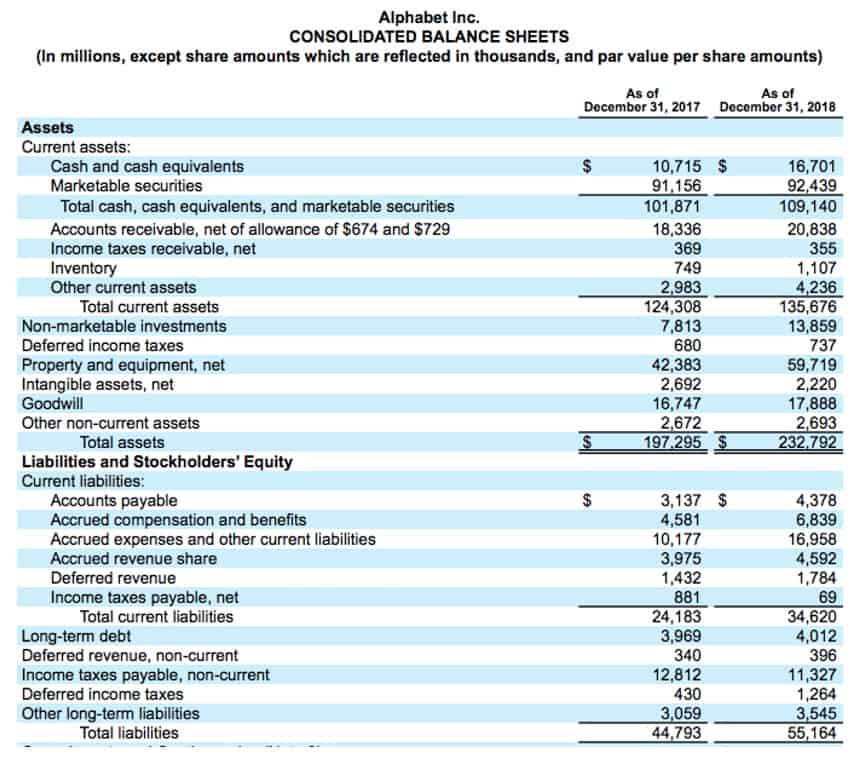
Besides these two primary categories, contingent liabilities and other specific cases may also exist, further adding complexity to accounting practices. They’re recorded in the short-term liabilities section of the balance sheet. Liabilities are on a separate part of the balance sheet, where you’ll see short-term debts that the business should pay off within 12 what accounts are liabilities months. These liabilities usually refer to payments owed to suppliers, taxes, any financial charges, and more.
Working capital vs net working capital: What’s the difference?
Learn financial statement modeling, DCF, M&A, LBO, Comps and Excel shortcuts. The ordering system is based on how close the payment date is, so a liability with a near-term maturity date will be listed higher up in the section (and vice versa). The important thing here is that if your numbers are all up to date, all of your liabilities should be listed neatly under your balance sheet’s “liabilities” section. Liability may also refer to the legal liability of a business or individual. Many businesses take out liability insurance in case a customer or employee sues them for negligence. Yarilet Perez is an experienced multimedia journalist and fact-checker with a Master of Science in Journalism.
Current liabilities

In personal finance, your house or a long-term investment like a retirement fund can be categorized as a fixed asset. Examples of current liabilities include accounts payable, short-term debt, accrued expenses, taxes payable, unearned revenue, and dividends payable. In accounting, liabilities are debts your business owes to other people and businesses. Examples of liabilities include bank loans, IOUs, promissory notes, salaries of employees, and taxes. Liabilities are on the right side of the balance sheet, and these accounts have a normal credit balance.

Type 4: Taxes payable

In fact, you could be halfway through using them but the important part is that the business has acknowledged the vendor’s receivable. As a company accrues expenses, the portion of unpaid https://www.instagram.com/bookstime_inc bills continues to increase. A bookkeeper or CPA must do a little guesswork and follow the accrual method of accounting to ensure the account balance is accurate. Having more assets than liabilities indicates financial strength and flexibility.

By contrast, if a company receives a $200 invoice for operating expenses, it records a $200 credit in the accounts payable field of the ledger. It then documents a $200 debit from the expense account linked to office supplies. Secured liabilities are debts that are backed by assets, such as mortgages or car loans, where the lender has a claim on the asset if the borrower defaults. On the other hand, unsecured liabilities are not backed by any specific asset. Credit card debt and personal loans are common examples of unsecured liabilities. Secured liabilities often carry lower interest rates due to reduced lender risk, while unsecured liabilities can lead to higher borrowing costs.
- In the accounts payable accrual process, accrued expenses are charges you are obligated to pay in the future for goods and/or services already rendered.
- High levels of current liabilities can negatively impact a company’s profitability due to high-interest payments on debts or other obligations.
- One of the simplest ways to think about liabilities is that they’re a kind of third-party funding.
- Just as you wouldn’t want to take on a mortgage that you couldn’t easily afford, it’s important to be strategic and selective about the debt you assume as a business owner.
- Liabilities are a useful way of analysing the financial health of a company because they show how much a firm or individual owes to outside stakeholders.
- The company’s liabilities are displayed in the middle half of the firm’s balance sheet.
Think of it as the cash you have on hand to pay bills, purchase inventory, and cover unexpected expenses. Liabilities play a crucial role in evaluating a company’s financial health. By analyzing the types, amounts, and trends of a company’s liabilities, it is possible to gauge its financial position, stability, and risk exposure. A company with https://www.bookstime.com/articles/stock-splits-and-stock-dividends too many liabilities compared to its assets may face cash flow problems or increased financial risk.
- It is an internal liability of the business and includes reserves and profits.
- By considering assets vs. liabilities, one’s achievement of sustainability will be enhanced, whether on a personal or organizational level.
- When a company deposits cash with a bank, the bank records a liability on its balance sheet, representing the obligation to repay the depositor, usually on demand.
- Liabilities are obligations to provide resources such as goods, services, or currency to satisfy outstanding debt.
- While businesses can typically expect customer payments as a regular source of cash assets, there’s always the possibility of getting paid late.
- If it goes up, that might mean your business is relying more and more on debts to grow.
- Regularly review your balance sheet to ensure that your assets are growing while your liabilities are being reduced.
How are liabilities related to assets and equity?
- Notes Payable – A note payable is a long-term contract to borrow money from a creditor.
- These typically include accounts payable, short-term loans, taxes payable, and accrued expenses.
- To calculate your working capital, you’ll need to know what your current assets and liabilities are.
- He currently researches and teaches economic sociology and the social studies of finance at the Hebrew University in Jerusalem.
- Liabilities, by contrast, are obligations or debts that a person or business owes to others.
Examples of liabilities are accounts payable, accrued liabilities, accrued wages, deferred revenue, interest payable, and sales taxes payable. Additionally, maintaining accurate cash flow projections is essential for anticipating future financial needs. By incorporating potential liabilities into cash flow forecasts, businesses can ensure they have adequate funds available to meet their obligations as they arise.
As a small business owner, you need to properly account for assets and liabilities. If you recall, assets are anything that your business owns, while liabilities are anything that your company owes. Your accounts payable balance, taxes, mortgages, and business loans are all examples of things you owe, or liabilities. As liabilities increase, they may affect a company’s financial health and stability. High levels of debt can lead to increased interest expenses, impacting profitability and potentially leading to insolvency. It is essential for businesses to effectively manage their liabilities and maintain a healthy balance between debt and equity.
